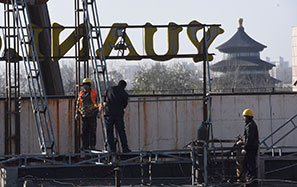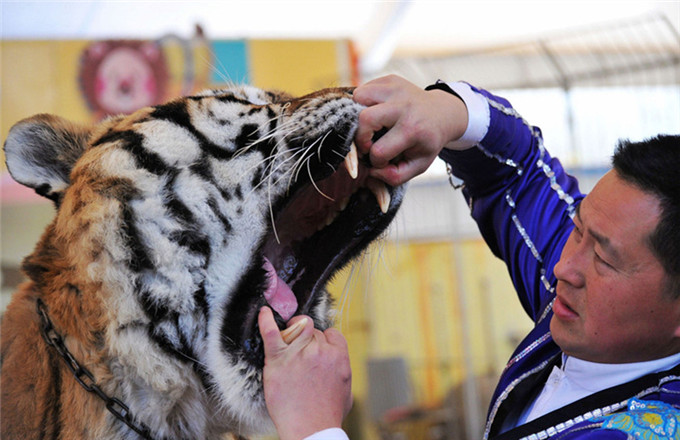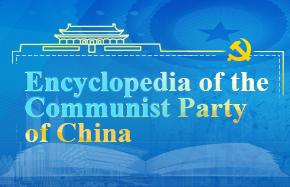Healthy realty sector vital to yuan stability
China faced the double challenge of an overheating housing market and depreciation of the yuan in 2016. To some extent, housing prices have been kept from dropping dramatically but the exchange rate of the Chinese currency has been its victim.
Therefore, it is highly important that in 2017 policymakers address the big risks posed by real estate-driven economic growth and take the necessary measures to ease the pressure for the yuan's depreciation.
People's Bank of China, China's central bank, introduced more liquidity to the market last year to ease the downward pressure on the economy. The total social and government financing was estimated to reach about 25 trillion yuan ($3.6 trillion) in 2016, 5 trillion yuan more than in 2015.
But the huge money supply did little to boost economic growth. On the contrary, the larger scale of money supply has driven up prices, especially in the real estate sector. In 2016, the prices of newly built homes in major first-tier cities increased by 28 percent year-on-year. The yuan has depreciated by about 7 percent and the yuan-dollar exchange rate has sunk to its lowest point since 2008.
China's foreign exchange reserves add up to about $3 trillion by the end of 2016, still huge compared with other countries. But over the past two years, the foreign exchange reserves decreased by 25 percent, a price to keep the yuan stable.
By analyzing China's statistics on balance of international payments, it is quite apparent that the current account and trade surplus still remains at a reasonable level but the capital account, which covers portfolio investment and borrowing, has witnessed outflows.
One reason is that housing prices are even higher than that in many other countries. Investors can make money by selling the housing units they own in China and purchase properties overseas. Encouraged by the long-time "go-out" strategy, enterprises that are burdened by huge land costs and heavy taxes have been accelerating their investment portfolio, too.
It is clearer than ever that China's real estate-driven economic growth is unsustainable. Investment has always been the most influential factor of China's growth, and real estate investment accounts for a large portion of the total investment. When sales pick up and housing prices rise sharply, investment in the real estate sector grows, thus, boosting relevant industrial sectors like steel and coal.
But history tells us that this kind of economic growth does not last forever. The subprime mortgage crisis in the United States, the 1997 Asian financial crisis and Japan's asset bubble in the 1990s are all closely connected with real estate bubble. And the results of the bursting of the real estate bubble were devastating. A real estate bubble could reduce the value of currency and disturb the financial market. So it is high time the policymakers cooled the housing market and deflated the housing price bubble.
A document released after the Central Economic Work Conference said that "houses are built to be inhabited, not for speculation", making the Chinese government's intention pretty clear. The tone reflected the determination of the central authorities to keep the housing bubble in check, which will arrest the outflow of capital and help stabilize the yuan's exchange rate.
The government needs to change the real estate-driven mode of economic growth, and promote further reforms, including easing the tax burden and reforming State-owned enterprises. These measures could greatly stimulate the real economy. Only when the real economy reinvigorates will investment flow into the industrial and service sectors, instead of flooding the housing market, and the real estate bubble be under control and the exchange rate stabilize.
The author is a macroeconomic analyst at Haitong Securities.
























